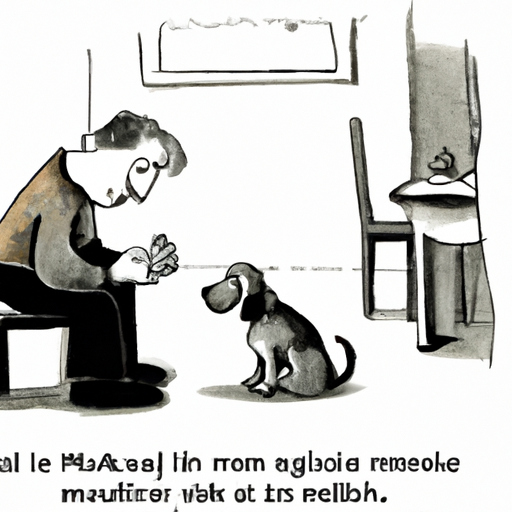Understanding Your Dog’s Lactation Process
You’ve just noticed something peculiar about your faithful companion, haven’t you? You’ve discovered that when you squeeze your dog’s nipples, milk comes out. Rest assured, this is a common occurrence in female dogs, and it’s usually linked to their lactation process.
Lactating in dogs, just like in humans, is a natural process tied to reproduction. Female dogs start lactating after giving birth to a litter, providing essential nutrients to their newborn puppies. However, lactation can also occur outside of pregnancy due to a phenomenon called pseudopregnancy, which we’ll delve into later.
Recognizing Signs of Lactation
To understand why your dog may be lactating, it’s crucial to recognize the signs. It’s not always as straightforward as milk coming out of the nipples. You might also notice:
- Enlarged nipples: Their nipples can become more pronounced or swollen.
- Nesting behavior: The dog may start displaying nesting behavior, like gathering toys or cushions.
- Change in appetite: They might have an increased or decreased appetite.
- Behavioral Changes: They might become more affectionate or, conversely, more withdrawn.
Remember, every dog is unique, and these signs can vary greatly.
Hormonal Changes and Pseudopregnancy
Sometimes, a non-pregnant dog can show signs of pregnancy, including lactation. This condition is known as pseudopregnancy or false pregnancy. It generally occurs due to hormonal imbalances in the body, specifically the hormones progesterone and prolactin.
| Hormone | Function |
|---|---|
| Progesterone | Prepares the body for pregnancy and lactation |
| Prolactin | Triggers milk production |
In a pseudopregnant dog, progesterone levels drop while prolactin levels increase, leading to signs of pregnancy.
When to Seek Veterinary Assistance
While lactation is usually a natural process, there are times when it could signal a health issue. For instance, if your dog is lactating excessively without being pregnant or pseudopregnant, or if the milk appears bloody or discolored, it’s time to seek veterinary assistance.
Consulting a vet will provide a clear diagnosis and ensure your dog receives the necessary care and treatment.
How to Handle Your Dog’s Lactation
As a caregiver, your dog’s health and comfort are your top priorities. Here are a few tips on handling your dog’s lactation:
- Avoid squeezing the nipples as it can cause discomfort or lead to infection.
- Provide a comfortable and warm space for your dog to rest.
- Ensure your dog gets the right nutrition to support their body during this time.
FAQ
Q: Is it normal for my dog to lactate without being pregnant?
A: Yes, it can happen due to a condition called pseudopregnancy.
Q: Should I be worried if my dog’s milk is discolored?
A: Yes. This could signal an infection and requires vet attention.
Q: What can I do to make my dog comfortable while she’s lactating?
A: Provide a warm, comfortable space for her to rest and ensure she gets the right nutrition.
Q: How long does lactation last in dogs?
A: It can last for a few weeks, but if it persists, consult your vet.



